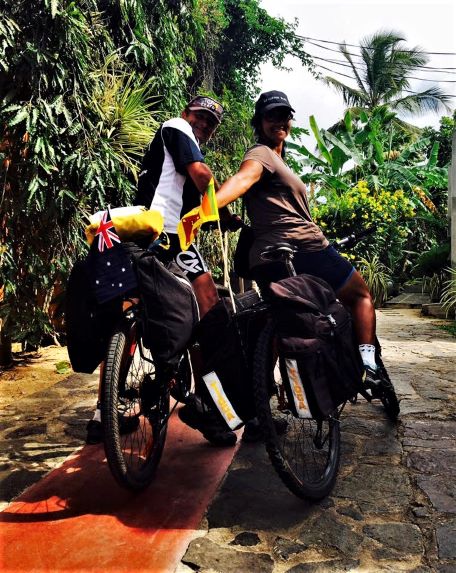Watts the Big Deal? A Colombo-Arugambay EV Odyssey
My 800km EV Journey from Colombo to Arugambay and back in a BYD M6

Published on 26 Sep 2025
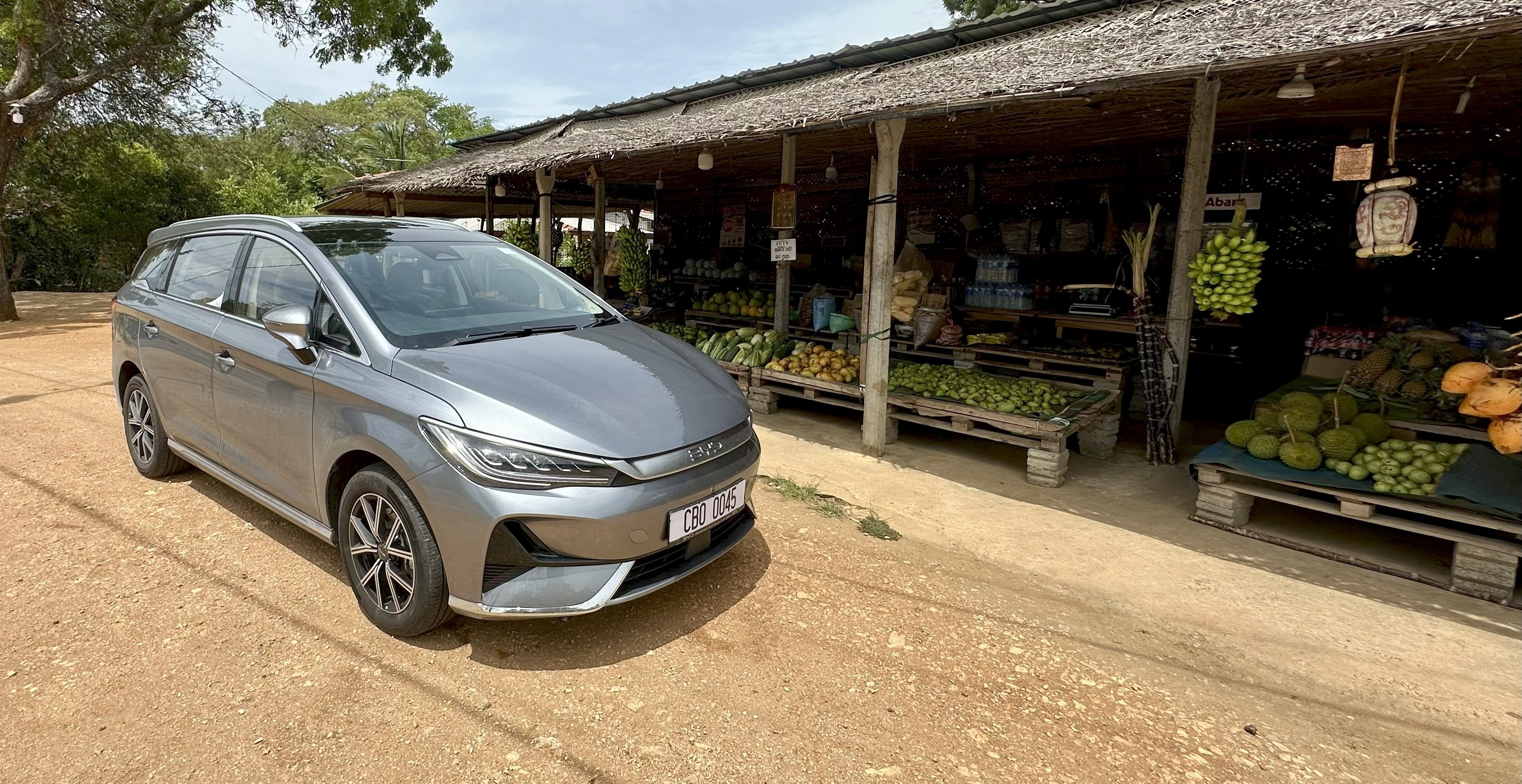
As Sri Lanka embraces the electric revolution, one question looms large for most potential buyers: “Can you really drive an EV long distance here without going grey with range anxiety?” With a fast-expanding but still sparse charging infrastructure, I decided to find out the hard way – or the only way.
Our family trip from Colombo to Arugambay - roughly 400 km one way—was to be my long-distance EV debut. My chariot: the all-electric BYD M6 Superior, a 7-seat MPV that’s smooth, silent, and surprisingly punchy.
Trip Setup
We travelled as a party of three, with a boot full of suitcases, snacks, drinks, and questionable amounts of beach gear. The BYD M6 was fully charged at departure, showing an optimistic 531 km NEDC-rated range. Real-world expectations put that closer to 420-440 km.
Unlike ICE road trips, I had to consider that Sri Lanka has over 1,100 fuel stations but only about 90 - 100 EV chargers, mostly clustered in the Western and Central provinces. The East Coast? Practically EV wilderness.
I kept this detail conveniently quiet from my wife and daughter.
A quick scan of Volt Charge and Chargenet maps showed two possible top-ups: a Keells fast charger in Matara, and a smaller station in Wellawaya. Our destination in Arugambay had no formal chargers - just my optimistic call to the hotel where the staff kindly said, “Yes sir, you can plug into the wall.”
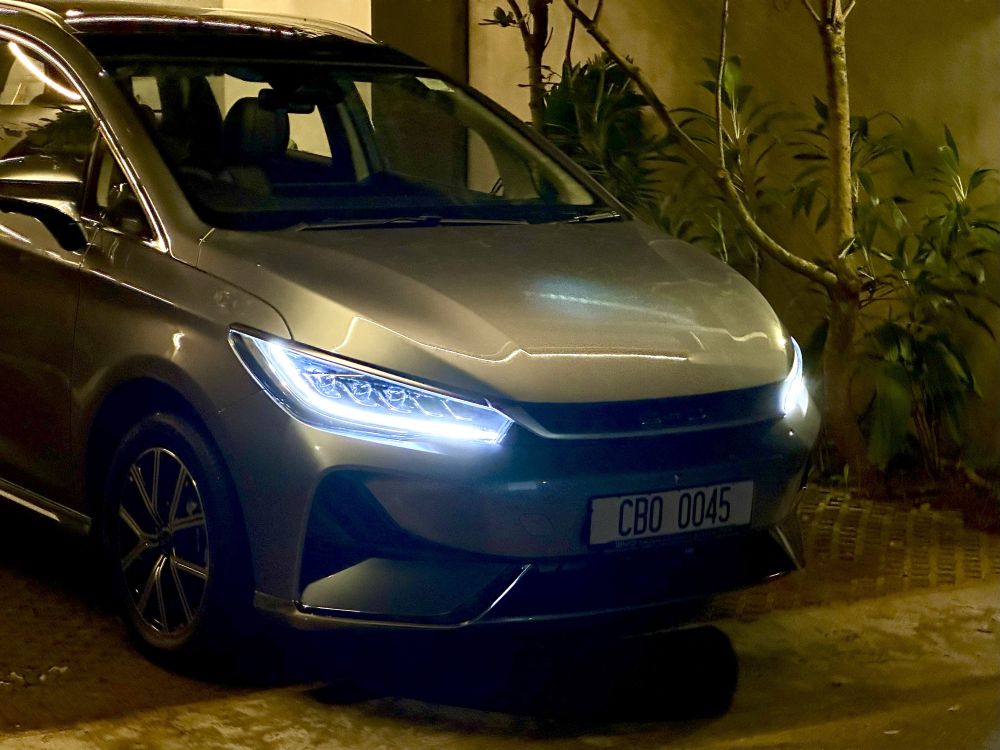
Leg 1: Colombo to Matara – First Sip of Electrons
We set off early, cruise control on, everything
dialled to maximum efficiency: Eco mode, brake regeneration on “Strong”, and
intelligent cruise control locked at 100 km/h.
The drive was incredibly smooth. EVs have a magic carpet feel that even the best ICE cars can’t match - no gears, no vibrations, just silent, linear progress. The M6’s torque-rich drivetrain easily handled overtaking despite a full load.
We reached Matara Keells after 161 km and plugged into a Volt Charge 7.5 kW charger. I used the app, topped up 10.2 kWh in 25 minutes, adding 170 km of range for about LKR 1,600.
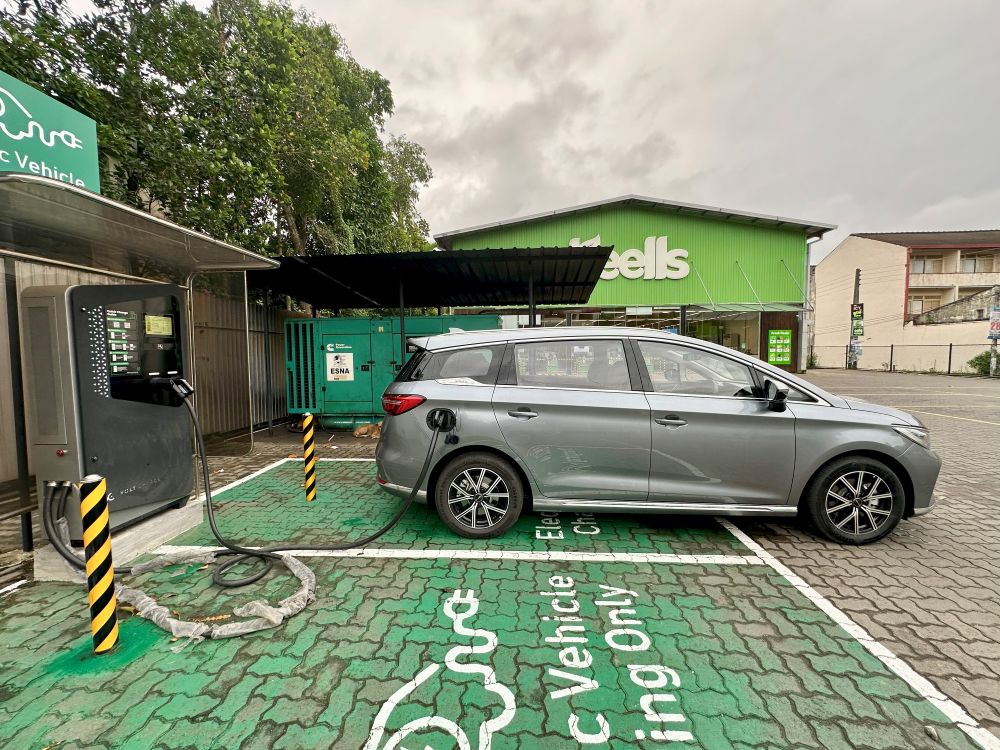
Range now showed 370 km. Distance to Arugambay: 240 km. Comfortable margin. But I mentally bookmarked Wellawaya as Plan B.
Leg 2: Matara to Arugambay – Lessons in Range Psychology
Back on the highway, I quickly saw the range drop
faster than kilometres travelled. This is the EV paradox - highway driving is
the worst for range. No regenerative braking. Constant energy draw.
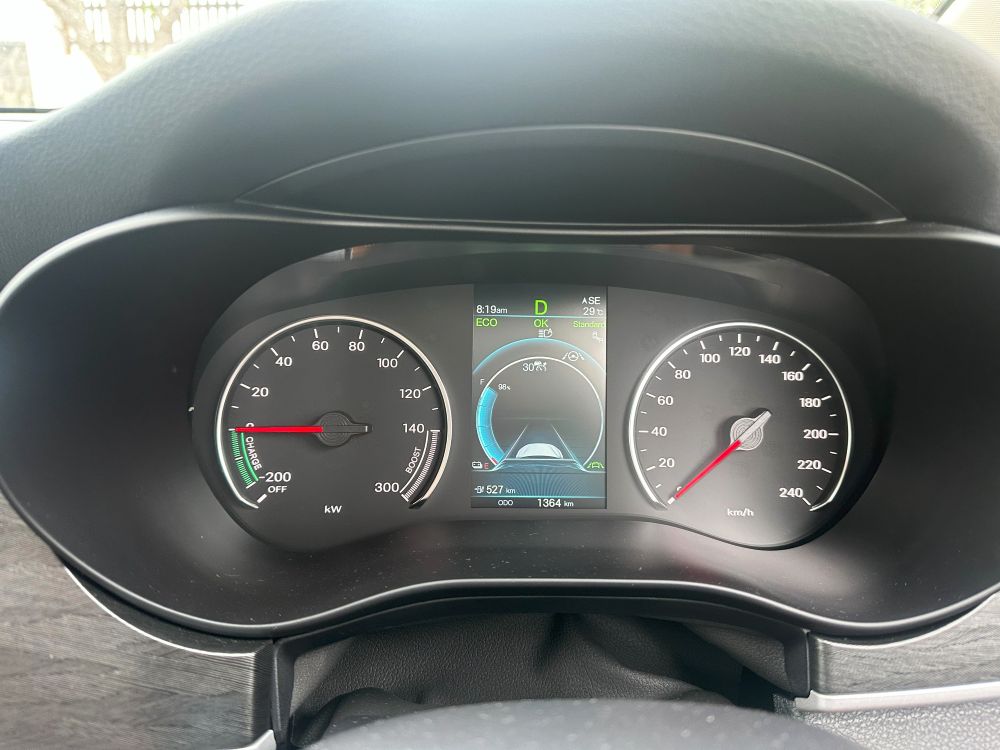
However, once we exited onto A-roads, everything changed. With more braking, slowing, and undulating terrain, range consumption improved dramatically.
Unlike ICE driving - where you try to keep pace constant for efficiency - in an EV, you begin to love braking and coasting. It’s regenerative joy!
We stayed on target with cruise speeds of 50–70 km/h. Despite my earlier paranoia, we reached our Arugambay hotel with 20% battery left and 78 km remaining range.
Hotel Charging: Slow Drama
Here’s where the real drama began.
The hotel had only standard 3-pin plug points. I plugged into a wall socket at reception using the slow charger. The connection held. Charging began. Joy! Then I saw the rate: 1.6 kW/hour, time to full charge: 30 hours!
We had planned for 4 days, so it was possible - but barely. To complicate things further, the hotel warned us about power fluctuations at night, so we only charged during the day. Despite that, by Day 3 we were up to 100% again. Interestingly, the last 20% charged faster than the first 80% - whether actual or psychological, I’m not sure.
Return Journey: Arugambay to Colombo via Galle
We left fully charged, heading west with a stopover
in Galle. No range anxiety this time—until Galle town itself. I had only left
15 minutes to recharge, thinking it would be enough.
The Chargenet fast charger at Spar supermarket was
in a tight corner with a short cable, forcing several awkward reverse attempts
to dock the M6.
The app experience was less refined than Volt Charge - clunky interface, occasional logouts - but the rate was cheaper (Rs.128 per kWh vs Rs. 142). We added just enough to show 65% charge and headed off for Colombo.
On the highway, range fell quickly again. Nearing home, the battery dropped below 10%. A small red mark appeared. No warnings, no limp mode, no panic. Just a quiet finish.
We pulled into our driveway with 51 km of range and 11% battery left. Mission complete - and with more electrons to spare than I expected.
Final Thoughts
·
Total
distance covered: 400 km + 390 km return
·
Total public
charging stops: 2
·
Average
charging cost: ~LKR 140–150 per kWh
·
Total range
anxiety moments: 3.5
·
Average
energy use: ~6 kWh per km
Compared to my previous SUV - a 2.0L Subaru XV - which would have needed about 1.75 full tanks (LKR 45,000) for this journey, the total cost in the BYD M6 was just LKR 2,500 (plus LKR 900 for the return journey). That’s a massive saving.
EV travel in Sri Lanka is absolutely possible - with a little planning, patience, and a willingness to adopt. The infrastructure is growing, and forward-thinking businesses like Keells, Cinnamon Hotels, and supermarket chains will be critical enablers.
Remember: when ICE cars first arrived, people are supposed to have sold petrol in glass bottles from the kade’. Fast forward, and now we have over 1,000 fuel stations. EV charging will likely follow the same trajectory - just faster and cheaper.
Quick Tips for Long-Distance EV Travel in Sri Lanka
1. ---Use Google Maps’ EV route planner – now includes
charging stations and energy-efficient routes.
2. ---Download both Volt Charge and Chargenet apps – top
up your credit before the journey.
3. ---Plan charging stops with food/restroom breaks –
efficient use of downtime.
4. ---Carry your slow charger – it could be a lifesaver
at rural hotels.
5. ---Avoid relying on fast charging at night in remote
areas – power fluctuation is real.
6. ---Charge more than you think you need – range drops
faster on highways.
7. ---Don’t fear the 10% mark – modern EVs are smarter
than you think.





